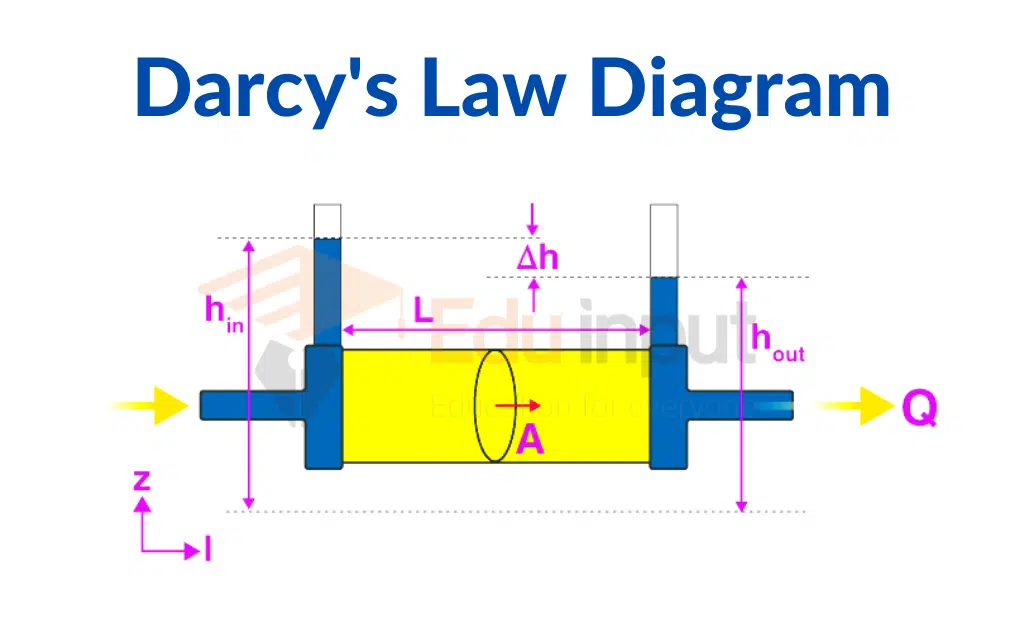What Is Superfluidity?-Definition, Types, And Uses
superfluidity is the characteristic property of a fluid with zero viscosity, which means that it does not have kinetic energy. A superfluid forms when stirred and continues to spin indefinitely.
What Is Superfluidity?
Superfluidity is the fluid flow at a very low temperature. The ability of a liquid to flow through narrow channels without apparent friction is called superfluidity. However, this is only one of many interesting properties.
If we place a liquid into a bucket and slowly rotate it while it is cooled into the superfluid phase, the liquid will appear to come to rest. The phenomenon we call the Hess-Fairbank effect is related to this. Superfluidity can be observed directly in ultra-cold atomic gases and in the isotopes of helium.
There is circumstantial evidence that supports its existence of it in other systems, such as excitons, which are bound electron-hole pairs found in semiconductors.
When we talk about superfluidity, we are talking about the phenomenon that is observed in helium-4 and helium-3 atoms. This is because helium-4 is gas but helium-3 is a liquid.
How does Superfluidity Occur?
Superfluidity occurs when the liquid helium is cooled down below 1K. The molecules of the liquid helium start moving around each other and form a single wave instead of being a normal liquid. Superfluidity is a fascinating state of matter and it is extremely important for us to understand.
Types of Superfluidity
The two types of superfluidity that we talk about are Helium-4 and Helium-3 superfluidity.
Helium-4 Superfluidity
Superfluidity in the Helium-4 atoms is very similar to the phenomenon we observe in water. It has been observed that when the helium-4 atoms are cooled down, they start behaving like a solid. They begin to stick together and form a single wave. This is known as the Bose-Einstein condensation.
Helium-3 Superfluidity
The helium-3 atoms are very different from helium-4. Helium-3 is a boson which means it has a very strong attraction for itself. When the helium-3 atoms are cooled down below a critical temperature, the attraction between them is so strong that they form a single wave. This is called the BCS theory.
Superfluidity Uses
There are many uses of superfluidity, for example, in superconducting electronics, when you apply the current across a superconductor, electrons will flow along the direction of the current flow without any resistance. Superfluidity is also used in magnetic cooling where the superconductor is cooled by circulating the liquid helium through a coil that is wound around it. Magnetic cooling is used in particle accelerators.







Leave a Reply